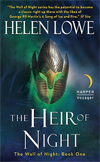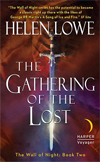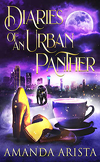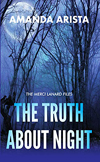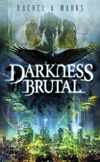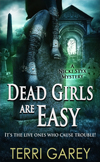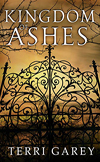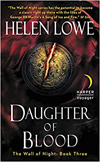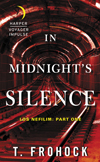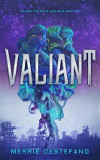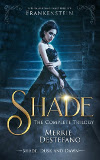Welcome to the third instalment in the series
Choose Your Weapon. Today we are talking about the mighty sword, an implement used in human history for thousands of years. But no matter how long the blade has been with us, it can't compare to the glorification it receives in novels, films, graphics and the gaming industry.
There is nothing like it in real life!
From the mythos of Excaliber to the wonders of Sting, Glamdring and even the Witcher's Zireael, Fantasy swords are often written with an elaborate history and purpose. They are literally characters themselves.
Consider Andúril, the Flame of the West. This is the broken sword that Aragorn carries, the very one that is eventually reforged from the shards of Narsil in Rivendell. Andúril, even when broken, is the mark of the heir of Isildur, but isn't it interesting we know more about it than the history of hobbits?
Why the Popularity in Fantasy?
The Fantasy genre, especially the subclass of
Swords and Sorcery, initially derived from life in the Middle Ages, a time when carrying a sword was a sign of power and command. This holds true in Eastern stories of the samurai, depicted in Anime for their prowess, skill, grace and mastery in sword fighting.
 |
| Jin and Mugen from Samurai Champloo - CBR 2022 |
We can say that writers like David Eddings, JRR Tolkien, CS Lewis, Anne McCaffery, C L Moore, Tanith Lee, Terry Goodkind, Marsaru Gotsubo, Kazuo Koike and our own Helen Lowe and yours truly, helped to and continue to help fix this weapon firmly in the Fantasy genre. But why this weapon in particular?
The Archetype of Truth
As said, the sword symbolizes power, protection, authority, strength, and courage. The connection is obvious, but metaphysically, it also represents truth, discrimination and the penetrating power of the intellect. Take the Suit of Swords in the Tarot (Tarocchi) deck, a metaphorical card 'game' with us since the 15th century.
Keywords for the suit of swords from http://learntarot.com/less3.htm -
The Swords are the suit of intellect, thought and reason. They are concerned with justice, truth and ethical principles. Swords are associated with the element Air. A cloudless sky, open and light-filled, is a symbol of the mental clarity that is the sword's ideal. This suit is also associated with states that lead to disharmony and unhappiness. Our intellect is a valuable asset, but as an agent of ego, it can lead us astray if it is not infused with the wisdom of our Inner Guide...
Writing Sword Scenes Successfully
I've shared my struggles with sword fighting scenes early on in my career, but will summarize again here, especially for writers just starting out.
From The Way of the Sword – Voyager Blog.
... (twenty-five) years ago, I showed my first manuscript (The Spell of Rosette), to an author friend who was also a weapons black belt. She came back a week later saying Brilliant story Kim but you don’t know shit about the sword.
Oh boy... as if form-rejection letters weren't demoralizing enough.
But hang on! I thought I knew plenty about the sword. I’d watched ‘Crouching Tiger, Hidden Dragon’ at least ten times and saw Kill Bill on the big screen twice. Could my sword scenes really be that bad?
She assured me they were. She also invited me to join her Iaido (ee-eye-doh) classes and learn the ancient Japanese art of the samurai.
Over years of training, I became fluent with techniques against single and multiple attackers, against spears and armour, and horsed riders. Sure enough, my fight scenes improved as I choreographed each one from scratch and when I finally found a publisher for the series (Stephnie Smith as HarperCollins Voyager), her first comment was "Great sword fighting scenes, Kim."
Truth is, it's one thing to slip poison into a cup, or even brew a magical spell to control the weather, but you just can't fake a sword fight.
Do you have a favorite Fantasy story that includes a swordfight or two? We'd love to hear about it in the comments.
Happy reading and writing!
xxKim
Choose Your Weapon Series
Poison
The Perfect Storm
The Sword
***
About Kim Falconer
Kim Falconer, currently writing as AK Wilder, has released Crown of Bones, a YA Epic Fantasy with Curse of Shadows as book 2 in the series. Currently, she is working on the third book, out in 2024.
Kim can be found on AKWilder Twitter, Facebook and Instagram.
Throw the bones, read your horoscopes or Raise Your Phantom on the AKWilder.com site























